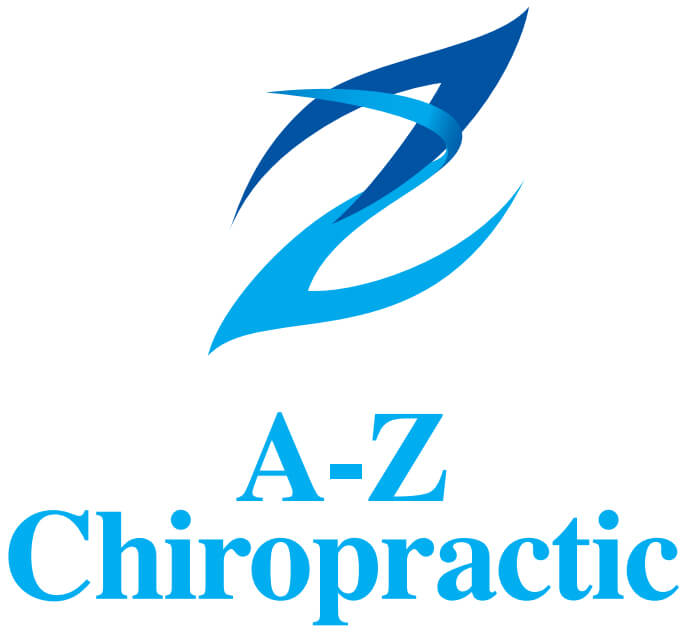Chiropractic care is effective for a wide variety of conditions. The following is a partial list of some of the most common. If you do not see your specific condition listed, we encourage you to give us a call so we can personally address your particular concerns.
Allergy
Allergies are often treated with chiropractic care. Many allergic and asthmatic reactions are caused by hypersensitivity of the immune system and/or respiratory system. Researchers have found that the immune and respiratory systems depend on normal communication from the brain and spinal cord to control and coordinate their functions.
If your neck is misaligned, it could cause an imbalance in your nervous system function. This upper cervical spinal joint irritation could possibly produce or exaggerate asthmatic and allergic symptoms. While many asthma and allergy sufferers recall specific traumas (e.g., head injuries, auto accidents, or falls) which could have injured their upper cervical spines, some do not.
Come in and visit our offices and we can perform an upper cervical examination and determine if your allergic reactions could be helped by chiropractic care.
Carpal Tunnel Syndrome (CTS)
CTS has become one of the most widespread occupational health problems we face today. It affects millions of people a year, and with our growing reliance on computers there seems to be no end in sight.
The syndrome is caused by pressure on the median nerve just above the wrist. Pressure on this nerve can be caused by an injury or sustained use from common activities like typing, chopping, hammering, or pushing. Symptoms of CTS range from wrist pain, numbness, tingling, burning, weakness or loss of grip strength, and loss of sleep due to discomfort.
There are a number of different ways to treat this condition. In most cases, a chiropractic adjustment to the affected area is an extremely effective solution. In some cases, a misalignment in either the back or neck can cause this condition, and chiropractic manipulation of the neck and/or spine can also serve as an effective treatment option.
These treatments, along with physical therapy, stretching, and strengthening exercises, can in most cases effectively alleviate and eventually eliminate the symptoms associated with CTS.
Disc Problems
Discs are the cartilage pads that separate and cushion and help connect the vertebrae that make up your spinal column. They serve as shock absorbers between each of the vertebrae and are constantly subjected to the pull of gravity and the torque from everyday movement. Disc problems can be the result of genetics, the normal “wear and tear” of aging, and injury.
Disc function is greatly affected by the alignment of the spine. A subluxation or structural imbalance can force a disc to bulge, protrude, or herniate, which then can result in contact with the nerves and cause pain.
This common back problem is one we see frequently. We effectively treat this malady by realigning the vertebrae and returning the spine to its normal range of motion, thereby reducing the pressure on the discs and spinal joints. We also incorporate physical therapy as well as strengthening exercises for the abdominal and back muscles. Core stabilization is essential for prevention of subsequent disc problems.
Headaches
Headaches are common in our fast-paced, pressure-filled world. There are many causes of headaches, including physical trauma, emotional stress, nutritional deficiencies, or chemical toxins. In addition, if your neck and/or back are out of alignment, this can affect nerves, muscles, and even blood flow to your head. Too often, we turn to over-the-counter medications to relieve our discomfort. Unfortunately, these only mask the underlying sources of pain.
After your initial chiropractic examination, we can determine if chiropractic health care is the best alternative for treating your chronic headaches. A combination of chiropractic adjustments and nutritional and lifestyle changes can dramatically reduce the frequency and intensity of headaches.
It is important to know that if you’ve suffered from chronic headaches for years, improvement can take time. But a visit to our offices is a great place to start. Every headache has a cause, and if we are unable to identify the cause, we will refer you to other specialists who may be able to help. (See also: Neurological conditions.)
Joint Dysfunction
Joint dysfunction is the condition most often treated at our offices, and we are specially trained to treat joint disorders. Joint or articular problems are caused by osteoarthritis (degenerative joint disease), subluxations, sprains, intervertebral disc problems, and various abnormal changes in the curve of the spine. Joints that are aligned improperly or are impaired will begin to degenerate rapidly if not attended to promptly and properly.
Adjustment procedures, physical therapy, and rehabilitation exercises are very effective in treating joint disorders. As with all conditions we treat, we will be happy to refer you to another health-care provider if you are not a candidate for chiropractic.
Neurological Conditions
Neurological conditions such as headaches, neuritis (inflammation of any part of a nerve, other than the nerve root), and radiculitis (inflammation of a nerve root as it exits the spine) are the most commonly treated neurological cases in the chiropractic profession. Radiculitis is a common source of shoulder, arm and hand pain. With neuritis, patients sometimes experience sensations called paresthesias (feelings of tingling, hot spots, cold spots, crawling sensations, stinging, and burning). Loss of equilibrium/vertigo is also a condition sometimes treated by our office.
Because neurological problems can be extremely serious and even life-threatening, these situations often call for a referral or co-management with other health-care professionals.
Osteoarthritis
Osteoarthritis is the degeneration of the cartilage and bones of joints caused by “wear-and-tear” processes. It is often associated with degenerative changes in the disc and results in friction between adjacent vertebrae. The friction causes a strain as well as a loss of motion in the facets (gliding joints) of the spine. If these joints are exposed to continued trauma such as strenuous exercise, weakened muscles, and the inevitable factors of aging and heredity, the results can be severe low-back and/or leg pain.
While chiropractic cannot halt the process of osteoarthritis, we can improve the quality of life while living with the disease. If you’re suffering from osteoarthritis, your spine is usually less flexible; therefore, it becomes more vulnerable to injury. Under our care, your treatment may include spinal adjustments, physical therapy, and stretching and strengthening exercises. We can also recommend natural, drug-free ways to control your pain and discomfort.
Whiplash
Whiplash is the common name given to the injury where there is a hyperextension (increased backward motion) and hyperflexion (increased forward motion) of the cervical (neck) spine. More simply put, the head is dramatically thrust forward and backward. Car accidents and falls can cause whiplash injuries.
Symptoms of whiplash include headaches; visual disturbance; stiffness of the neck; restriction of movement; and shoulder, neck, or arm pain. These symptoms may or may not be felt immediately. It is estimated that most whiplash injuries are not felt for several hours, days, and in some cases even months or years following the accident.
Even if you are not in pain following a whiplash incident, it is important to receive prompt attention to your injury, as the structural balance of your neck and spine is important to your health. We can assist in your recovery by correctly adjusting your neck and/or spine so it has the chance to heal properly. In addition, we can recommend physical therapy, stretching and strengthening exercises, and natural anti-inflamatories to put you back on the road to good health.

